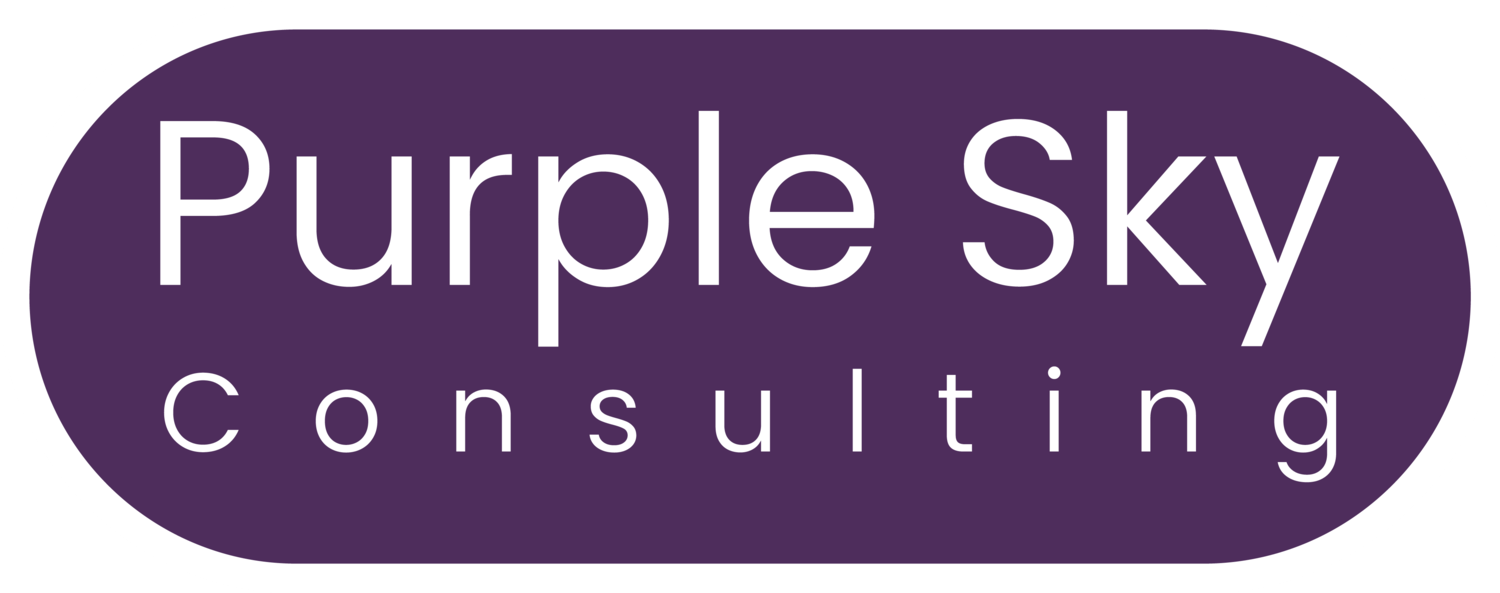Get your pre-onboarding right for new and promoted leaders.
Why pre-onboarding matters.
Getting your pre-onboarding right will kick off your onboarding experience in the right way. This is about upping your overall approach to onboarding so that your new colleague is excited to be joining you and they don’t become a stranger.
As a quick reminder, pre-onboarding is that phase from successful appointment right until their official first day. This pre-onboarding is your opportunity to start building a relationship with your new colleague ahead of their start date, but why does it matter?
With appointments to leadership roles, a lengthy notice period can often mean a lag from the recruitment stage to the start day, so maintaining contact and a connection is really important.
We are still in an interesting talent market. You’ve spent a huge amount of time investing in recruiting and appointing them, so why risk anyone swooping in and diverting their attention? You don’t want them to look elsewhere or question their decision to join you. So, after recruitment, you need to continue to foster the relationship so they want to start with you as much as you want them to get started.
With a new leadership appointment, engaging in pre-onboarding isn’t just an opportunity for you to build your relationship with them, but it’s a chance for them to begin building relationships with their new team.
This builds excitement about the transition to the new leader but also starts to calm any fears and insecurities that are natural with a new leader.
Overall, brilliant pre-onboarding takes the sting out of the first day because it’s not the first time everyone is engaging with each other.
This doesn’t just apply to new leaders joining your organisation for the first time. Make sure you actively engage in pre-onboarding with colleagues who are transferring from another department or are being promoted.
Top tips for successful pre-onboarding.
Consider their capacity to engage with pre-onboarding – this isn’t about a jam-packed agenda that feels like part of a continued selection process. They are likely to be still working and have other commitments. So, engage with them on what good would look like for them.
Agree on the best ways for them to connect with you and their team – can they drop into a team meeting to say hello (in person or online) and then pick up individually. Perhaps you can set up a 15-minute call every few weeks to check in and update them on the progress of their onboarding plan.
If it works for them, keep it relaxed and informal - They might prefer to join a social event that you have planned.
Get the balance right on the information you share – They may want to show how excited they are and ask you to share as much as possible. Take a relaxed approach and encourage them to enjoy their last few weeks rather than getting stuck into plans and projects for a role they haven’t started.
Actively engage them in their onboarding plan - Start talking to them about and sharing with them their onboarding plan. Understand what they need, if they require any adjustments and keep them updated.
A bit of housekeeping from a data protection perspective - if you are engaging with them via their personal contact details, check that they are happy to have that added to emails or invites ahead of doing that.
These interactions and touchpoints are a great way to introduce a new leader in a relaxed and informal way, enabling them not to be strangers on day one and feeling excited to get going.
Once the pre-onboarding period is coming to an end and the official start day is about to happen, make sure you’ve got your onboarding plan ready to go.
My full Guide to Brilliant Onboarding is packed full of tips for how to get your onboarding approach just right. It’s completely free, and you can download it here.

